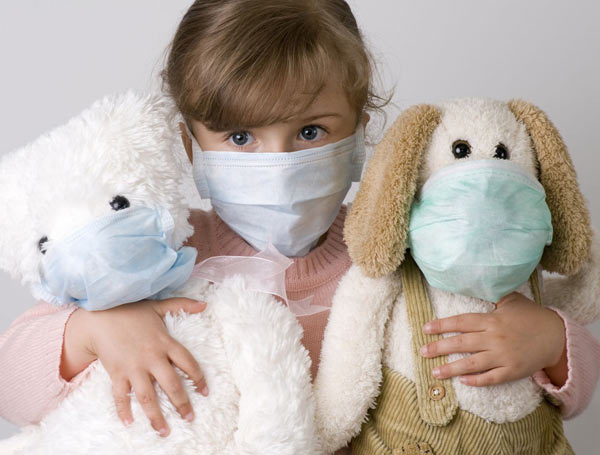18 Oct Indoor Air Quality Affects Your Health

When it comes to air quality, only the air we breathe in outdoor places should not come to mind. The air we breathe in indoor places which we spend most of our time may contain many health-related agents. In this article, I would like to create awareness by giving brief information about the sources of pollutants that impair the quality of the air we breathe and solutions to provide a better indoor air quality.
Indoor air pollution is associated with many health problems
Research shows that air pollution exposed indoors may be linked with many health problems such as allergies, infections, heart attack, hypertension, bone density loss, kidney diseases, birth defects, chronic inflammation, mental health problems, autoimmune diseases, cancer and accumulation of toxins in the body. Sick Building Syndrome (SBS), one of the most recent health problems, occurs in buildings due to poor design and poor maintenance conditions.. Headache and fatigue are the first symptoms of SBS and it is observed that these complaints alleviate immediately after sufferers leave the associated building.
Most of the air pollution comes from sources inside the building itself
Of course, pollutant gases from exhaust and fuels can cause indoor air pollution. However, the indoor air becomes a strong air pollutant itself resulting from the building and other structural conditions. Synthetic paints, wall coverings, polishes, glue, thinners, volatile organic compounds (VOCs which are organic chemicals with high evaporation capacity at room temperature, hair spray, perfume, room deodorizers, home appliances, photo copiers, printers, computers, air purifiers, disinfectants and detergents, insulation materials such as fiber glass or rock wool, polyvinyl chloride (PVC), dust, cigarette smoke, bacteria, fungi, molds, pollens, viruses, mites, insects, rat and bird droppings are some of the elements causing indoor air pollution.
Control the humidity
The effect of indoor air pollutants increases with increasing temperature and humidity. By avoiding the existing moisture, chemicals can be prevented from infusing into air and the growth of mold and bacteria is eliminated. Among the steps to reduce the humidity are ventilation of bathrooms and kitchens, sealing the leaks to prevent water intrusion, venting cloth dryers outside, keeping the moisture sensitive materials dry, using of dehumidifiers in the basement. It should be noted that biological pollutants such as bacteria and molds can be seen in floods and thunderstorms.
Mind your carpets
Carpets increase the microbial levels. If you have new carpets, frequent vacuum cleaning can reduce the levels of mold, bacteria and mites. However, if you have old and dirty carpets, they must be replaced with hardwood, tile or firm flooring materials, because portable vacuum cleaners can be a potential source of small and harmful particles. The smaller, more harmful particles may pass through the filters of vacuum cleaners and suspend in the air. Hence, central vacuum systems are the best alternatives which expel particulate matter to outside.
Use herbal products instead of toxic cleaning products
Many cleaning and personal care products we use today are unfortunately full of chemicals. These chemicals can cause allergy, asthma, nervous system diseases and cancer. Disinfectants containing plant extracts are generally known to be more acceptable and less harmful than synthetic disinfectants. Volatile aromatic compounds obtained from plants have lethal effects on bacteria and viruses which are found on surfaces and in the air. Among the essential oils which are naturally antibacterial for home use, tea tree, lemon, lavender, eucalyptus, cinnamon, black pepper, thyme and rosemary oils are the most preferred. Other materials suitable for household use include vinegar which contains 5% acetic acid, baking soda, castile soap, isopropyl alcohol, vodka, lemon juice, starch, salt and hydrogen peroxide.
Try HEPA filters
Many air conditioners and fans cannot go beyond moving air around. Some may only remove large particles, but there are still many small pollutants that can get through the average filter. Thus, many small but much more harmful particles can pass and constantly circulate in the air. HEPA filters can clean the air you breathe by filtering even the smallest particles of any kind of virus, bacteria, mold, cigarette smoke, dust and pollen. In this way, they provide good quality air for all family members, especially those with respiratory problems and allergies.
What about plants?
According to research, plants represent a sustainable but unexploited solution to enhance indoor air quality. The capacity of plants to remove indoor air pollutants through absorption and adsorption remains largely unknown. In addition, the effects of the indoor plant-associated microbiome still need to be fully analyzed.
